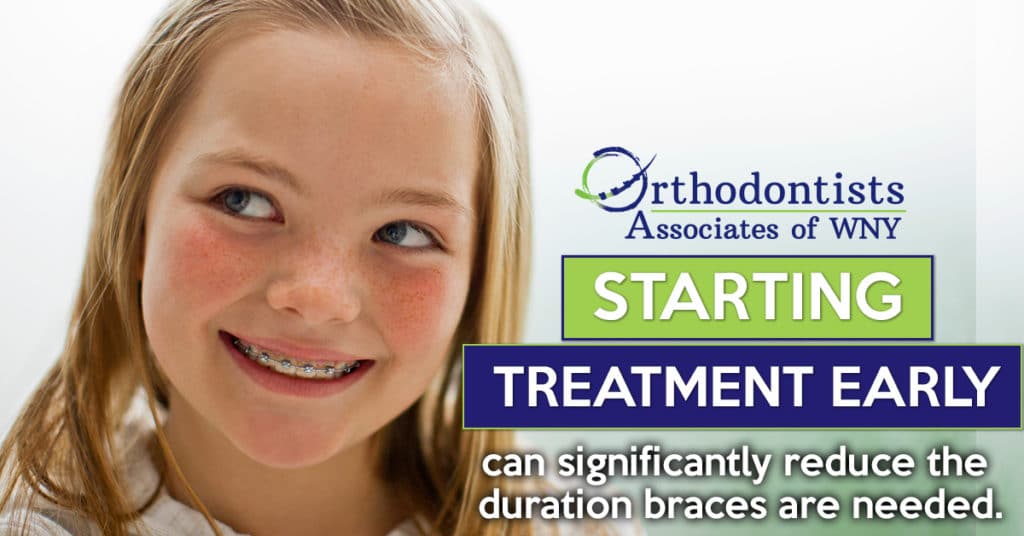Legacy Orthodontics - The Facts
Wiki Article
Indicators on Legacy Orthodontics You Need To Know
Table of ContentsRumored Buzz on Legacy OrthodonticsThe Best Guide To Legacy OrthodonticsSome Ideas on Legacy Orthodontics You Should KnowThe Definitive Guide to Legacy OrthodonticsHow Legacy Orthodontics can Save You Time, Stress, and Money.
In enhancement, we supply adjustable therapy routines, flexible payment options and an enjoyable, pleasurable experience.An orthodontist is a dental practitioner trained to detect, prevent, and deal with teeth and jaw abnormalities. They correct existing conditions and are trained to determine problems that might develop in the future. Orthodontists deal with people of every ages, from kids to adults. Individuals often associate an ideal smile with good health.
Malocclusion, or misaligned teeth, can cause oral problems, consisting of tooth degeneration, periodontal condition, and challenging or painful eating. Yet not everyone is born with straight teeth. If you have a negative bite or huge spaces between your teeth, you might desire to speak with a dental expert focusing on orthodontic treatment.
5 Simple Techniques For Legacy Orthodontics
( Picture Credit History: DigitalVision/Getty Images) Orthodontists utilize taken care of and removable dental tools, like dental braces, retainers, and bands, to transform the placement of teeth in your mouth. Orthodontic treatment is for oral irregularities, including: Uneven teethBite troubles, like an overbite or an underbiteCrowded teeth or teeth that are too far apartJaw misalignmentThe goal of orthodontic treatment is to boost your bite.A healthy bite guarantees you can consume, eat, and speak effectively. While you might think about orthodontists as primarily for kids or young adults who require dental braces, they can fix oral troubles at any age. Orthodontists go to college, oral institution, and orthodontic school. After graduation, they invest 2 or 3 years in an orthodontic residency program.
All orthodontists are dentists, however not all dentists are orthodontists. Orthodontic residency programs supply intensive, focused guideline for dental specialists. They focus on two locations: How to correctly and securely relocate teeth Just how to effectively lead development in the teeth, jaw, and faceOnce an orthodontist has finished training, they have the option to come to be board accredited.
About Legacy Orthodontics
Malocclusion leads to tooth overcrowding, a twisted jaw, or uneven bite patterns. Malocclusion is typically treated with: Your orthodontist affixes steel, ceramic, or plastic square bonds to your teeth.Some individuals require a headwear to help relocate teeth right into line with pressure from outside the mouth. A retainer is a custom tool that keeps your teeth in place.
They can create additional space in the mouth without having to draw teeth. Orthodontists use cables, medical screws, or plates to support your jaw bone.
You might require to see an orthodontist if you have: Crowding or not sufficient room for every one of your teethOverbite, when your upper teeth come by your base teethUnderbite, when your bottom teeth are as well far forwardSpacing or concerns with gapsCrossbite, which is when your top teeth fit behind your bottom teeth when your mouth is closedOpen bite or a vertical space in between your front bottom and upper teethMisplaced midline, when the center of your bottom and top teeth don't align Dealing with a dental malocclusion can: Make biting, eating, and speaking easierImprove the proportion of our face and your overall appearanceEase discomfort from temporomandibular joint problemsDifferent your teeth and make them much easier to cleanse, assisting prevent tooth decay or visite site dental caries It's commonly a dental expert who first notices misaligned teeth during a regular exam.
The 4-Minute Rule for Legacy Orthodontics

During your initial orthodontic assessment, you'll likely have: A dental examPhotos taken of your face and smileDental X-raysPanoramic (360 degree) X-rays of your face and headImpressions to develop mold and mildews of your teethThese tests will certainly help your orthodontist know how to wage your treatment. leesburg clear braces. An orthodontist is a dental professional who's had training to treat your teeth and jaw
Orthodontists may execute surgery, exams,X-rays,and more to assist you obtain a much more comfortable, healthier smile. An orthodontist is concentrated on your bite, so something like a chipped tooth would be taken care of by a dentist. Orthodontists are dental professionals but not all dental professionals are orthodontists. Orthodontists are concentrated on your bite, or the way your teeth meshed, and the straightness of your teeth. Ever asked yourself just how celebrities constantly seem to have completely aligned teeth? Orthodontists are dental specialists that concentrate on dealing with abnormalities in the teeth and jaws.
Legacy Orthodontics Fundamentals Explained

, orthodontists have a diverse toolkit at their disposal. These tried-and-true dental braces use a system of brackets bonded to the teeth and attached by cords.
Clear aligners, like Invisalign, are a preferred option for individuals looking for a more discreet therapy alternative. These detachable trays are customized to gradually change the teeth's placement. Headwear might be utilized together with braces or aligners to apply additional targeted pressures, specifically for remedying jaw discrepancies. In instances of narrow jaws, palatal expanders can be used to develop area for proper tooth positioning.
Report this wiki page